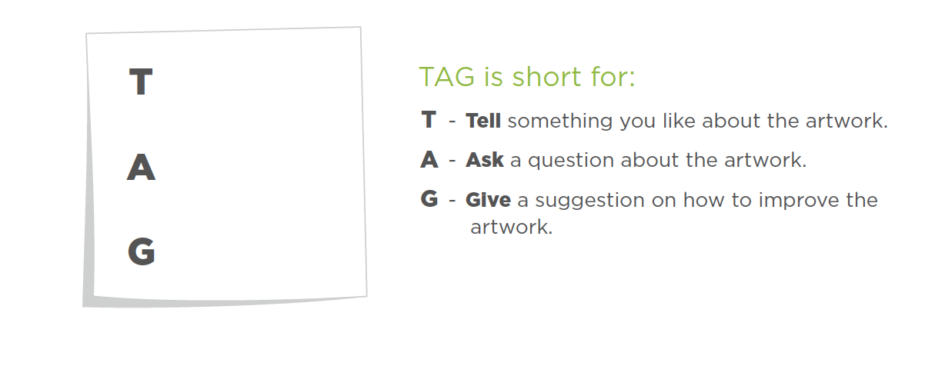This is where formative and summative assessment come into play, and the more you can effectively use formative assessment, I think the better off students will be. A big thing I’ve learned is that students will be much more receptive, accountable, and successful if they are part of the assessment process. Getting them involved with co-creating criteria and rubrics for assignments gets them thinking about what kinds of things are needed in those assignments. When students are part of the process from the beginning, they are more engaged in the learning. The assessment process should be just that, a process. It should happen over time with a variety of different ways to assess.
Exit slips, whiteboard checks, observation, and portfolio submissions are all assessment strategies that enhance student learning, especially when they are combined with feedback soon after. Integrating self and peer assessment into these assignments is another aspect of assessment that is very valuable to students. They learn to look at their and others work through the lens of a teacher to assess the work and learn to make suggestions on how to make improvements. This is another step in the thinking process that further develops learning.
The artifact I am using for this is the PDF Ultimate Assessment Guide. It was created as a resource for art assessment, but many of the items can be applied cross curricular, and others can be adapted to be used. This is the kind of portfolio item I find extremely useful because it is practical and ready to use in classes – things like TAG peer feedback, two stars and a wish, and different self-reflection prompts are some of the examples that can be used in assessment to enhance student learning. With a resource like this, the process is very integrated and useful for teacher and student.

Leave a Reply
You must be logged in to post a comment.